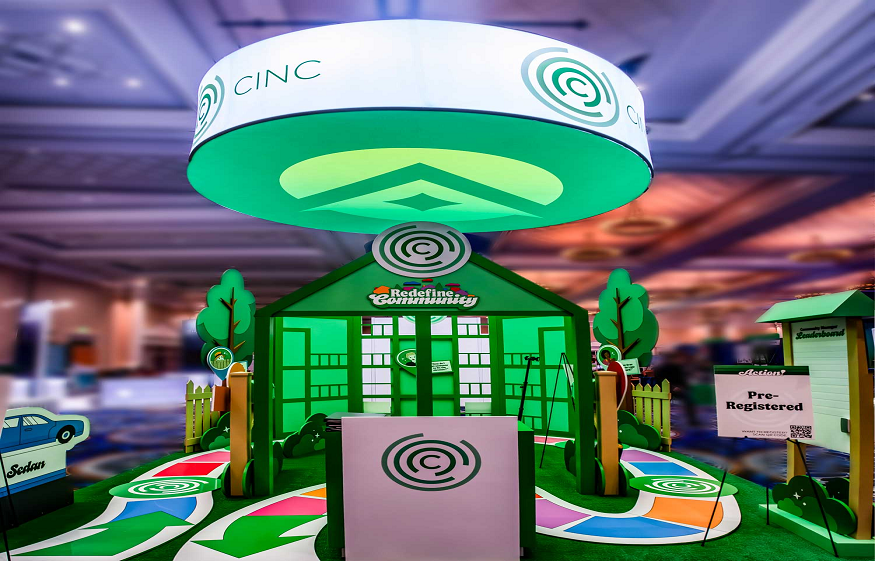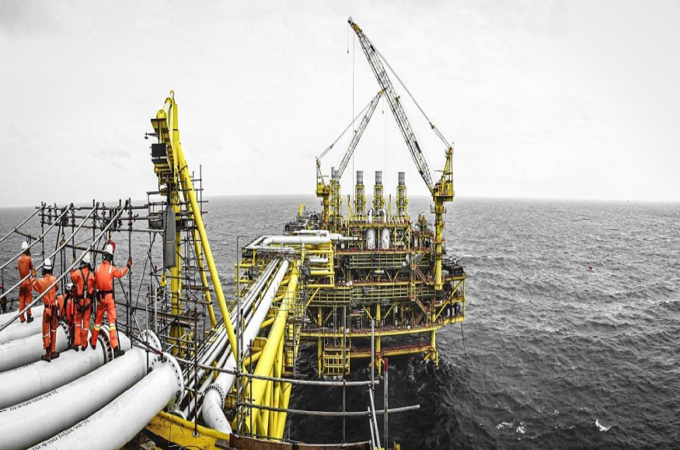
Trends in Exhibit Fabrication: What to Expect in the Coming Years
The landscape of exhibit fabrication is evolving rapidly, driven by advancements in technology, sustainability initiatives, and changing audience expectations. As we look toward the future, several key trends are poised to redefine how brands and institutions design and build their exhibits.
1. Immersive and Interactive Experiences
Exhibits are shifting from static displays to dynamic, immersive environments. Visitors now expect to engage with exhibits through interactive elements such as touchscreens, augmented reality (AR), and virtual reality (VR). These technologies enable deeper engagement and personalized experiences, allowing attendees to explore content in innovative ways.
2. Sustainability at the Core
Environmental consciousness is influencing exhibit design and exhibit fabrication. Materials like recycled plastics, biodegradable composites, and sustainably sourced wood are becoming standard choices. Additionally, energy-efficient lighting and modular designs that reduce waste are gaining popularity, aligning with broader sustainability goals.
3. Integration of Advanced Technologies
The incorporation of advanced technologies is enhancing the functionality and appeal of exhibits. Digital twins, holograms, and 3D content are being utilized to create realistic and engaging representations of products and concepts. These technologies offer new ways to showcase innovations and captivate audiences.
4. Modular and Flexible Designs
As events become more diverse and venues vary, the demand for adaptable exhibit designs is increasing. Modular systems allow for easy reconfiguration and customization, enabling exhibitors to tailor their displays to different spaces and objectives. This flexibility not only enhances functionality but also extends the lifecycle of exhibit components.
5. Data-Driven Design and Analytics
Exhibit designers are increasingly relying on data analytics to inform their creations. By integrating visitor tracking and engagement metrics, designers can optimize layouts, content, and interactions to enhance visitor experience and achieve specific objectives. This approach ensures that exhibits are not only visually appealing but also effective in meeting their goals.
6. Biophilic and Organic Elements
Incorporating natural elements into exhibit design is becoming a prominent trend. Materials like wood, stone, and live plants are being used to create calming, organic environments that resonate with attendees. This biophilic approach fosters a connection to nature and provides a refreshing contrast to the high-tech elements often found in exhibits.
7. Personalized and Purpose-Driven Experiences
Exhibits are increasingly focusing on delivering personalized and purpose-driven experiences. Tailored content, interactive storytelling, and community engagement are central to creating meaningful connections with visitors. This trend reflects a shift towards more authentic and impactful interactions in exhibit design.
Conclusion
The future of exhibit fabrication is characterized by innovation, sustainability, and a focus on meaningful engagement. By embracing these emerging trends, brands and institutions can create exhibits that not only captivate audiences but also align with evolving expectations and values.





